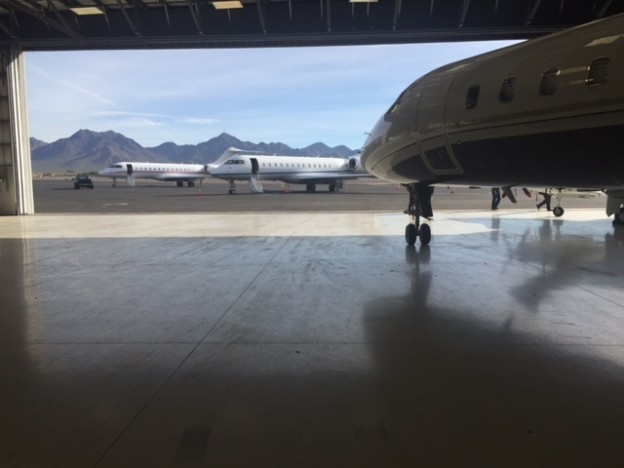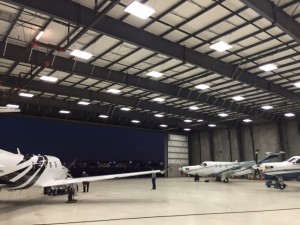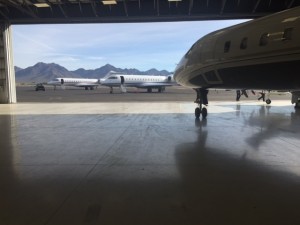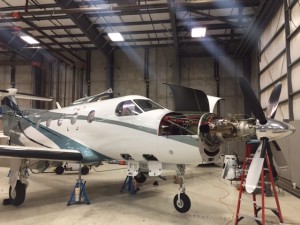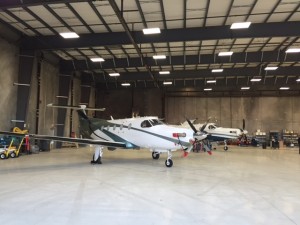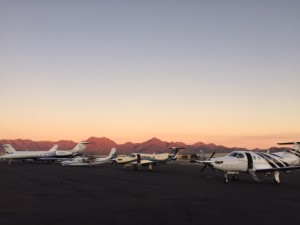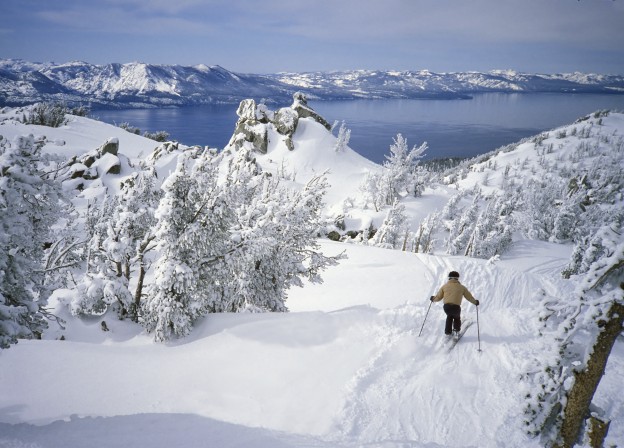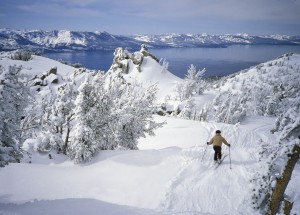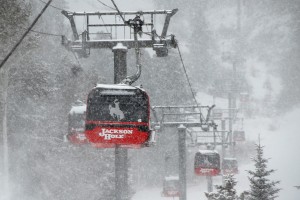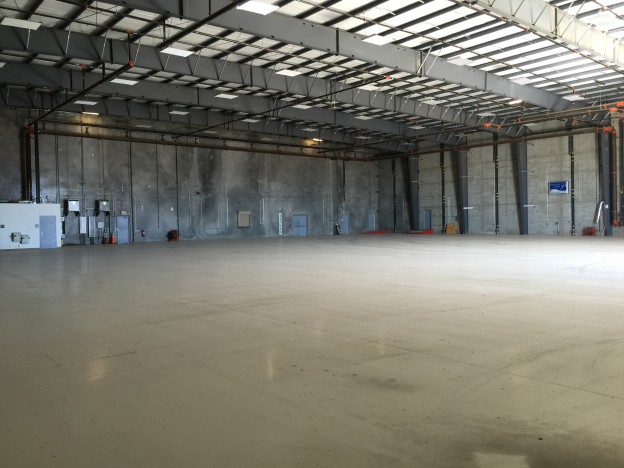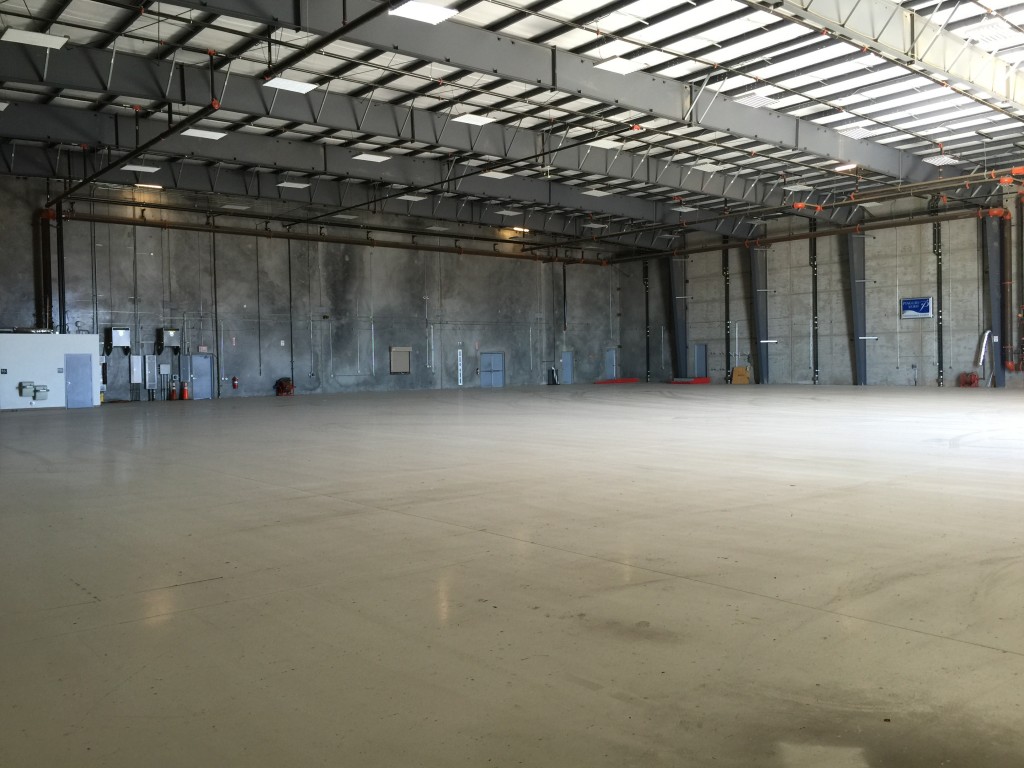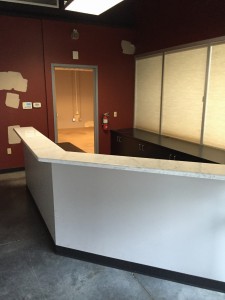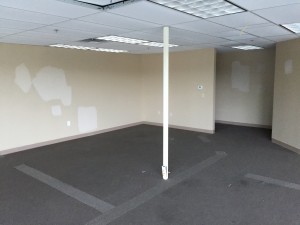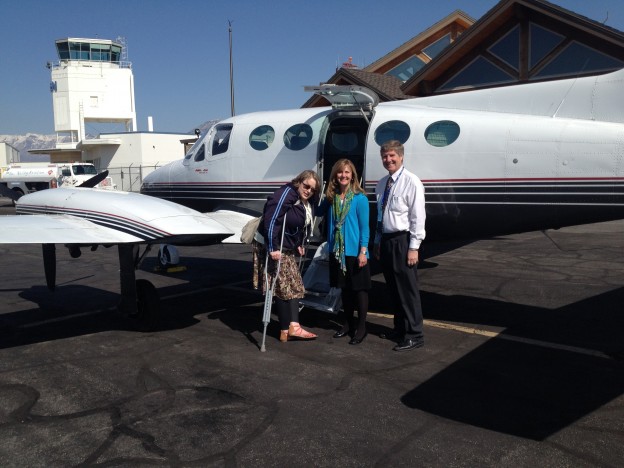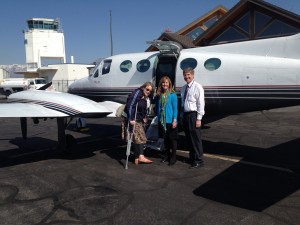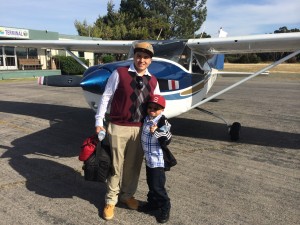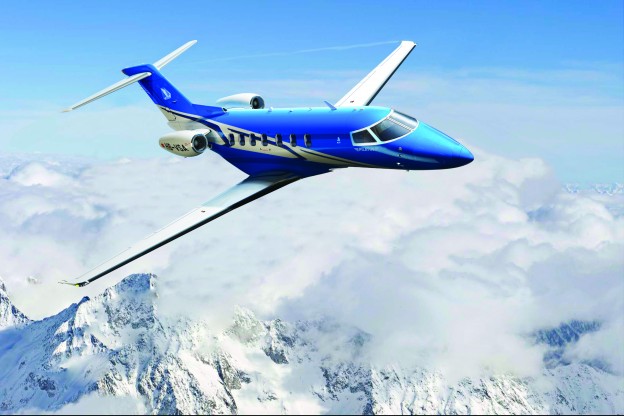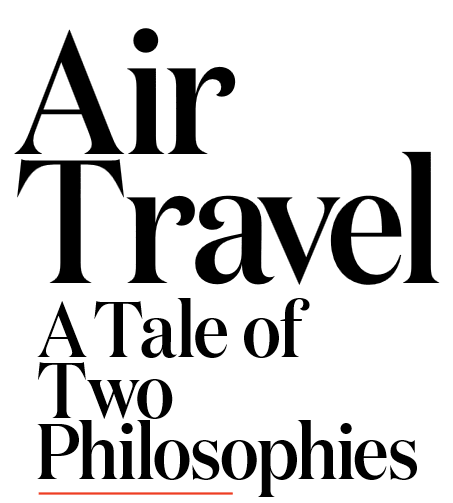The Elevate program focuses on the PC-12. The versatility and performance of the PC-12 are second to none, but we always like to keep our members apprised of new trends in aircraft. No matter the size, the private aircraft theme for 2015 is a combination of advanced technology, increased range, personal comfort and customization. Here are a few of the most exciting models available now or for pre-order.
Pilatus PC-24
Available in 2017, the Pilatus PC-24 is a jack-of-all-trades, combining the versatility of a turboprop with the performance of a light jet. Much like the Swiss manufacture’s PC-12 turboprop, the PC-24 includes a rear cargo door, a cabin designed for quick and easy configuration, and “off-road” capability on short, unpaved runways. The short field performance is similar to a turboprop but the 489 mph maximum cruising speed and 2,244 mile range is all jet.
Price: $8.9 million Range: 2,200 miles Passenger Seats: 8+ depending on configuration
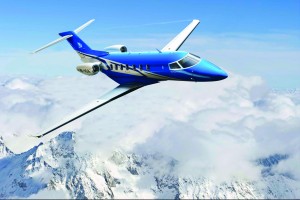
Pilatus PC-24
Cessna Citation Latitude
Even though it’s billed as a midsize business jet, the Latitude feels wide and spacious. Boasting a six-foot ceiling and nearly 6.5-foot width, the jet has an expansive feel that is further enhanced by a new window design that is 30% larger than typical Citation windows. The cabin seats nine in a club configuration along with two forward facing seats in the back. And with the wireless Clarity cabin management system, passengers may use their smartphones to control lighting, temperature and entertainment.
Price: $14.9 million Range: 3,100 miles Passenger Seats: 9 Available: 2015
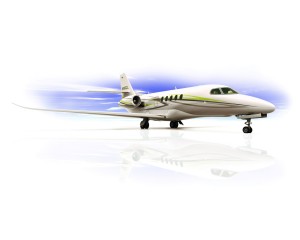
Cessna Citation Latitude
Embraer Legacy 450
Brazilian company, Embraer, is fairly new to the business jet market but that hasn’t stopped them from dubbing the Legacy 450 a “game-changer.” The midsize 450 will seat up to nine in a six-foot tall, flat floor cabin, which will include two fully berthable club seat options that recline flat to create beds. The 450 will also be the first jet in its class to feature fly-by-wire controls, which uses electrical computer-monitors systems to control the aircraft’s rudders and wing flaps. According to Embraer, this technology creates one of the smoothest rides available.
Price: $15.25 million Range: 2,900 miles Passenger Seats: 7 Available: 2015
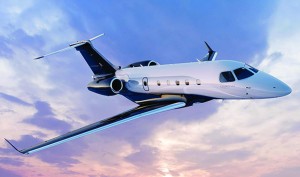
Embraer Legacy 450
Bombardier Global 7000
Launched in 2010, Bombardier’s Global 7000 program promised to develop “the ultimate” purpose-built large-cabin, ultra long-range business jet – uncompromising in comfort, utility and range. The 7000 features a four zone cabin that can be tailored into countless configurations of distinct working and living areas including an aft “home-like” master bedroom. Lighting, ergonomics and woodworking have been benchmarked against ultra-high-end automobiles such as Rolls Royce and Bentley. And with a fuselage measuring 111 feet and a wingspan of 104 feet, the 7000 comes just a few feet shy of the footprint of a Boeing 737.
Price: $72.4 million Range: 8,400 miles Passenger Seats: 10-19 Available: 2016
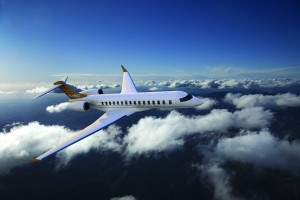
Bombardier Global 7000
Dassault Falcon 8X
With over 30 different floor plans including several lavatory layouts and three different galley sizes, the Dassault Falcon 8X offers the industry’s most flexible cabin. Entertainment and cabin management come in the form of the FalconCabin HD+ which connects with Apple devices to allow passengers to track flight progress and control the environment from anywhere in the cabin. The ultra-long range of the 8X connects Hong Kong and Paris, New York and Dubai, Los Angeles and Beijing. And with approach capability of up to 6 degrees, the 8X can serve challenging airports such as Long City Airport and Lugano, Switzerland that are normally not accessible to large cabin aircraft.
Price: $58 million Range: 7,400 miles Passenger Seats: 8 Available: 2016
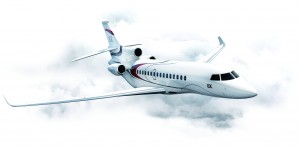
Dassault Falcon 8X
Gulfstream G650ER
Although it shares the same cockpit, avionics and systems as the G650 the G650ER can carry an extra 4,000 pounds of fuel extending the aircraft’s range by 575 miles – which translates to 8,600 miles at Mach 0.85. According to Gulfstream this gives the ER the longest legs of any business jet, taking passengers from New York to Hong Kong or Dallas to Dubai, nonstop. While the jet’s 47-foot-long cabin comfortably seats up to 18 passengers, owners can choose from 12 available floor plans or create their own custom layout.
Price: $66.5 million Range: 8,600 miles Passenger Seats: Up to 18 Available: 2015
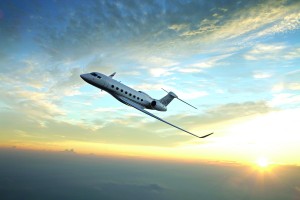
Gulfstream G650ER
